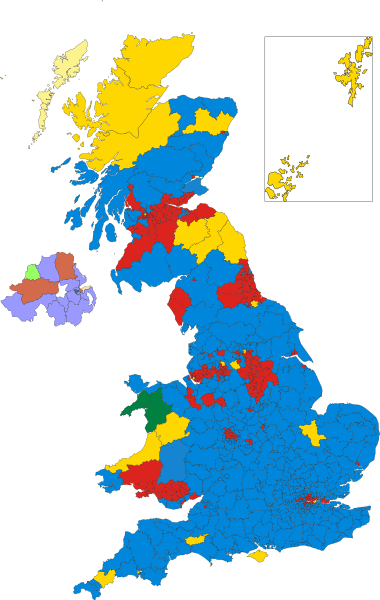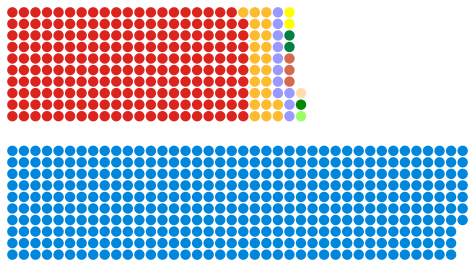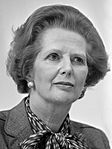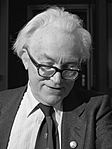1983 United Kingdom general election facts for kids
|
|||||||||||||||||||||||||||||||||||||||||||||||||
|
|
|||||||||||||||||||||||||||||||||||||||||||||||||
|
All 650 seats in the House of Commons 326 seats needed for a majority |
|||||||||||||||||||||||||||||||||||||||||||||||||
|---|---|---|---|---|---|---|---|---|---|---|---|---|---|---|---|---|---|---|---|---|---|---|---|---|---|---|---|---|---|---|---|---|---|---|---|---|---|---|---|---|---|---|---|---|---|---|---|---|---|
| Opinion polls | |||||||||||||||||||||||||||||||||||||||||||||||||
| Turnout | 72.7%, |
||||||||||||||||||||||||||||||||||||||||||||||||
|
|||||||||||||||||||||||||||||||||||||||||||||||||

Colours show the winning party—as shown in 1983 United Kingdom general election § Notes
|
|||||||||||||||||||||||||||||||||||||||||||||||||

Composition of the House of Commons after the election
|
|||||||||||||||||||||||||||||||||||||||||||||||||
|
|||||||||||||||||||||||||||||||||||||||||||||||||
A general election is when people in a country vote to choose their leaders. On 9 June 1983, the United Kingdom held a general election. People voted for all 650 members of the House of Commons, which is a big part of the UK Parliament. The Conservative Party, led by Margaret Thatcher, won by a very large amount. This meant Margaret Thatcher stayed as the Prime Minister.
Contents
What Was the 1983 UK General Election?
The 1983 general election was a big event in British politics. It decided which political party would form the government. It also chose who would represent different areas of the UK in the House of Commons. This election was important because it showed strong support for the Conservative Party.
Who Were the Main Parties and Leaders?
There were three main groups competing in the 1983 election:
- The Conservative Party was led by the Prime Minister at the time, Margaret Thatcher. She was a very strong leader. Her party wanted to continue making changes to the economy.
- The Labour Party was led by Michael Foot. Labour is a party that usually focuses on helping working people and supporting public services.
- The SDP–Liberal Alliance was a new group. It was made up of two parties working together: the Social Democratic Party (SDP) and the Liberal Party. The SDP was led by Roy Jenkins, and the Liberals by David Steel. They hoped to offer a new choice to voters.
What Happened During the Election?
The election campaign involved lots of speeches and debates. Each party tried to convince voters that their ideas were best for the country. The economy was a big topic, as was the recent Falklands War. The war had ended in 1982, and many people felt proud of the UK's victory. This feeling might have helped the Conservative Party.
What Were the Results?
The results of the 1983 election were very clear:
- The Conservative Party won 397 seats. This was a huge win, giving them a large majority in the House of Commons. A majority means they had more than half of all the seats. This made it easy for them to pass new laws.
- The Labour Party won 209 seats. This was a big drop for them compared to the previous election.
- The SDP–Liberal Alliance won 23 seats. Even though they got a lot of votes from people across the country, they didn't win many seats. This is because of the UK's voting system.
The election had a turnout of 72.7%. This means that almost three-quarters of people who could vote, did vote.
Why Was This Election Important?
The 1983 election was important for several reasons:
- It confirmed Margaret Thatcher as Prime Minister for a second time. She became one of the longest-serving Prime Ministers in modern British history.
- The Conservative Party's big win showed that many people supported their policies.
- It was a difficult election for the Labour Party. They had to rethink their plans and leadership after this result.
- The SDP–Liberal Alliance showed that a third political force could get many votes. Even if they didn't win many seats, they showed that people wanted more choices.
See also
 In Spanish: Elecciones generales del Reino Unido de 1983 para niños
In Spanish: Elecciones generales del Reino Unido de 1983 para niños



